Concrete has a certain “shelf life” and must be repaired to extend its service. Whether it’s natural settling or damage from heavy traffic, Concrete Repair Morgantown WV requires the right materials and techniques.
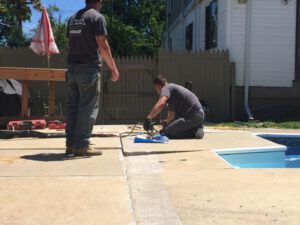
The process begins with a thorough evaluation of the structure’s condition. That includes destructive and nondestructive testing and a careful review of maintenance records and inspection data.
The first step in concrete repair is identifying the type and extent of the damage. This is critical, as the underlying cause of the damage must be addressed for the repairs to last. Some structural problems that require professional advice are floor or wall movement, extensive cracking, and settlement.
Surface preparation is also important to ensure that the new concrete bonds properly with the existing concrete. This may include chemical cleaning, acid etching, or mechanical preparation. The surface of the concrete must not be too smooth or too rough and must have adequate porosity to allow proper adhesion of the repair materials.
When using a concrete repair material such as cement mortar, it is usually advisable to use a slush coat over the concrete surface before placing the dry-pack material. This helps prevent moisture from interfering with the curing process. Ideally, the slush coat should be applied at least 6 hours before placing the dry-pack repair material.
The slush coat will also help protect the repair material from moisture and dirt during the curing process. The slush coat is typically made of concrete or asphalt slurry mixed with water. This material is applied to the concrete with a trowel and lightly consolidated. It can be textured with a concrete boom, margin trowel, or pointed trowel to provide the desired finish.
In addition to slush coats, many of the polymer repair materials can be used with a slurry coat over the concrete surface. This can be especially helpful in repairing concrete surfaces that are exposed to heavy traffic or chemicals. In order to prepare the concrete for a slurry coating, it is usually necessary to clean it and remove any contaminants that may interfere with the bonding process.
Before applying any slurry or slush coating, it is a good idea to take a step back and look at the concrete from a bird’s-eye view. This will give you a better understanding of the overall texture and color of the concrete. You should also take this opportunity to identify any areas that need additional repairs. For example, you might notice that the concrete has large areas of spalling or pitting. In these cases, a concrete overlay may be needed to correct the problem.
Patching
Concrete is one of mankind’s most ingenious and durable construction materials, but it can deteriorate. Fortunately, repairing concrete can be very easy using specially formulated patch and repair products that are available to homeowners. These can be purchased as a premixed compound or as a dry mix that the homeowner mixes with water. The best choice depends on the geometry of the work and structural requirements. Ideally, a concrete mix that closely matches the characteristics of the existing concrete should be used to ensure a strong bond. This may mean a cement that has similar dimensional stability, compressive strength, flexural strength, and thermal coefficients to the original concrete.
First, the cracked area must be cleaned and prepared to receive the new concrete or patch mix. For wide cracks, this involves chiseling to open the bottom of the crack to create an inverted V shape. This will allow the repair material to “key” into the crack and create a mechanical bond in addition to the chemical bond with the concrete matrix.
Next, the surface should be dampened to prevent the patch or concrete from drying out too quickly. Then a layer of primer or bonding adhesive is applied. This can be as simple as a caulk tube or bottle of masonry crack filler with a built-in applicator tip, or it may require a hand trowel or putty knife to apply.
If the cracks or other damage are in a high-traffic area, it is usually recommended that they be reinforced with rebar. While this adds to the cost, it will significantly increase the life of the repair. Narrow cracks, on the other hand, can usually be filled with a masonry crack elastomeric filler that is available as a premixed compound or in a bottle with an applicator tip.
Once the priming or bonding agent has been applied, the actual concrete patch or masonry crack filler is applied to the surface. This can be done with a mason’s trowel or a putty knife, taking care to eliminate air gaps and tapping to level the surface. After the product is troweled, it should be dampened again to avoid premature drying and then allowed to cure as directed by the manufacturer.
Sealing
Concrete is an exceptionally durable material, but it is also highly porous and can easily absorb water and moisture. This is why it is important to seal concrete surfaces. A good sealer will protect the surface from water damage, oil, and grease stains, as well as scrapes and abrasions. It will also help keep the concrete looking new for a long time.
It is important to properly prepare the concrete before applying a sealant. This includes patching any cracks, grinding down rough areas, removing old sealant, and cleaning the surface thoroughly. Depending on the type of concrete, there are different products that can be used to seal it. Some of these include epoxy, acrylic, and polyurethane. It is also important to choose a product that is suited for the concrete type and climate.
When preparing the concrete for sealing, it is important to ensure that it is completely dry. This will help the sealant adhere to the concrete surface, and it will also allow for the proper curing process. It is also a good idea to sweep the area to remove any dirt or debris that may be present. It is also a good idea to use a degreaser on any dirty concrete surfaces.
Once the concrete has been prepared for sealing, it is time to apply the sealant. It is a good idea to wait for a day that is warm and sunny but not raining. This will help the concrete cure properly and ensure that the sealant lasts as long as possible.
Before applying the sealant, it is a good idea to test the product on a small area of the concrete. This will give the homeowner an idea of how the sealant will perform and if it is suitable for the concrete type and climate. It is also a good idea to read the label of the sealant carefully and follow the instructions for application closely.
It is a good idea to reseal the concrete once a year to maintain its protective properties. This will also make it easier to clean off deicing salts, oil, and grease from the concrete if necessary.
Repairing Cracks
It’s important to note that crack repair is not a quick process and requires proper preparation and application of concrete repair materials. To get the best results from a concrete repair project, contractors should use the following tools:
Identify the type of crack. Hairline cracks that only appear on the surface of patios, sidewalks, or driveways are a normal part of concrete maturation and can be filled to avoid further deterioration. Cracks that are widening and extending through the entire thickness of the slab, however, are an indication of a serious problem and must be repaired as soon as possible.
For these types of cracks, a contractor should first stuff foam backer rod into the crack to create a foundation to hold the repair material. This step helps the repair materials adhere to the original concrete and prevent further deterioration. Then, contractors should fill the cracks with a concrete patching product such as DAP Ready-Mixed Concrete Patch. This product is designed to resist oil, grease, and salt and dries to a concrete-gray color. It’s important to follow the manufacturer’s directions to ensure proper mixing and application of the product.
When repairing cracks, it’s also a good idea to clean the area and remove any debris that could prevent a strong bond between the new and old concrete. This is especially important for large, active cracks that are causing further deterioration. Crack stitching is another option for repairing major cracks and reinforcing existing concrete structures. This method involves drilling entry and exit holes across the crack and then running a series of U-shaped metal staples into the hole to anchor them firmly in place.
Once the concrete repair has been completed, it’s a good idea to seal the newly repaired areas. This will help prolong the lifespan of the concrete and protect it from moisture, dirt, oil, and other chemicals. It’s also a good idea to paint the concrete to further enhance and protect it from the elements. With a little patience and the right concrete repair products, cracks in concrete can be repaired quickly and easily.
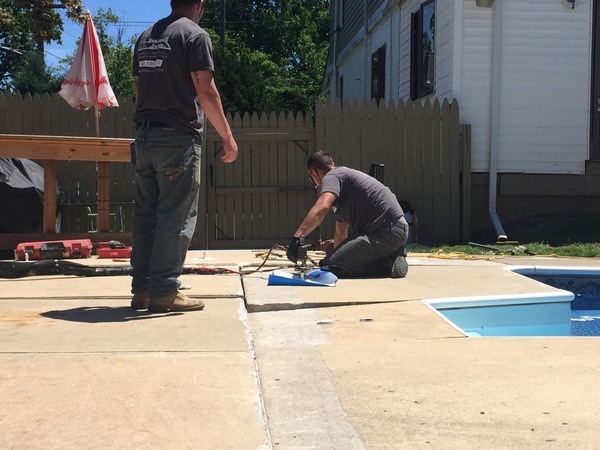
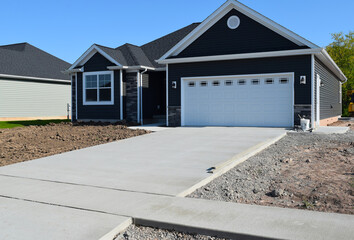
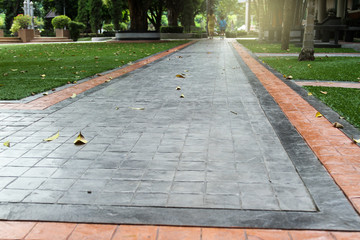
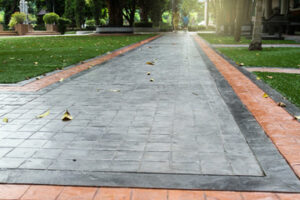 You can use many different stamping techniques to create a striking and exciting surface. Often, a concrete stamp is created to mimic the look of a certain type of material. Stamped concrete can also be very subtle, with only a small amount of texture. For example, using a stone effect pattern to create a flagstone pattern can create a striking surface. Stamped concrete can also be used to create a flowing front yard. A stamped walkway or driveway can add a classy, sophisticated feel to any property.
You can use many different stamping techniques to create a striking and exciting surface. Often, a concrete stamp is created to mimic the look of a certain type of material. Stamped concrete can also be very subtle, with only a small amount of texture. For example, using a stone effect pattern to create a flagstone pattern can create a striking surface. Stamped concrete can also be used to create a flowing front yard. A stamped walkway or driveway can add a classy, sophisticated feel to any property.